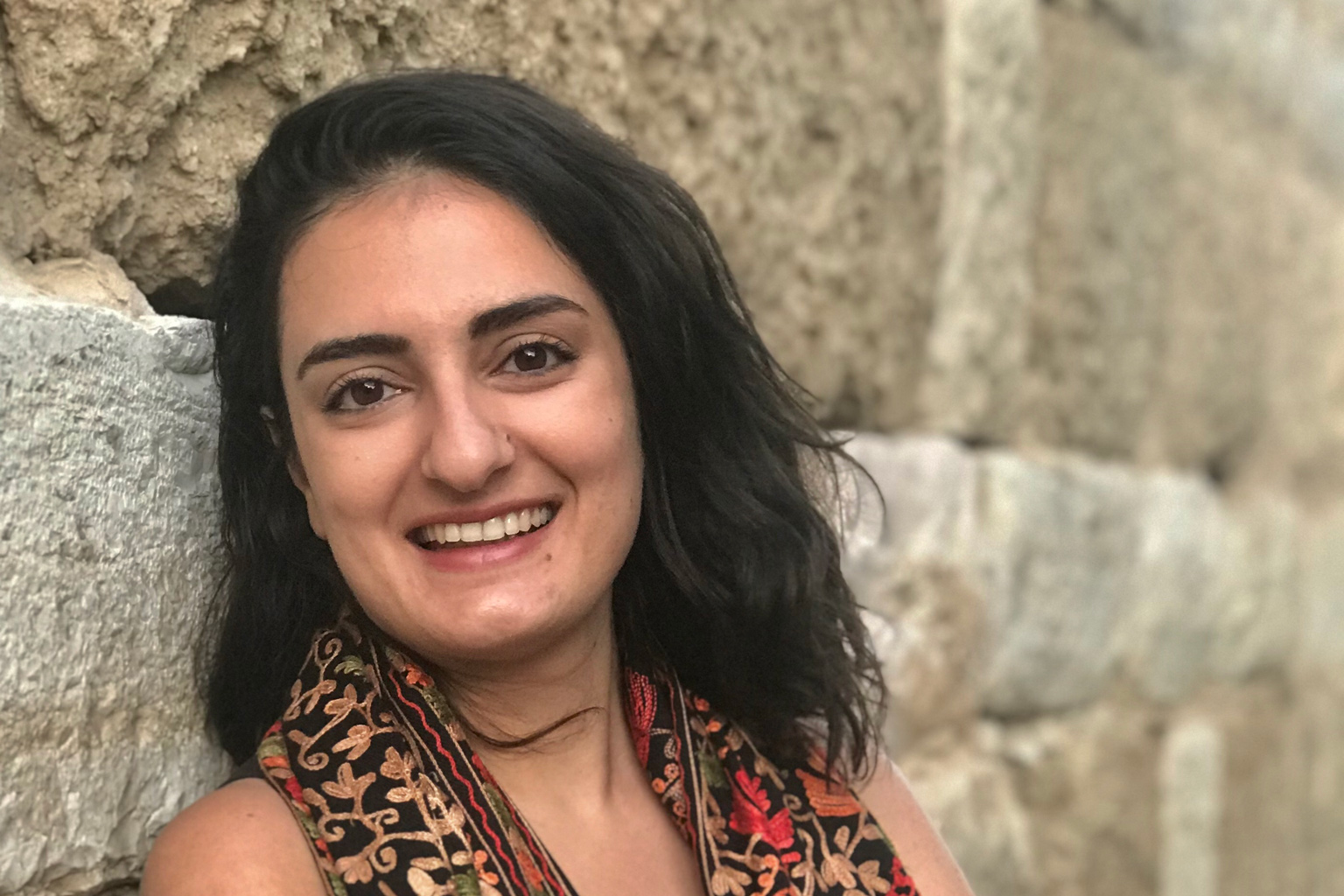Rana Abughannam is an assistant professor at the School of Architecture and Landscape Architecture at the University of British Columbia. She is a Palestinian architect and scholar with a research focus on paradigms of counter-colonization exemplified in Indigenous, bottom-up, and constant practices of resistance against ongoing colonial projects. Through her work, Rana has collaborated with grassroots organizations in Palestine on various rehabilitation and design projects. She has also taught at Carleton University, the Canadian University Dubai, and Birzeit University. She holds PhD in Architecture (Carleton University), a master of History and Theory of Architecture (McGill University), and a professional architectural engineering degree (Birzeit University).
Before joining UBC, Rana has taught at Carleton University, the Canadian University Dubai and Birzeit University.
Education
PhD in Architecture – Carleton University (2024)
Post-Professional Master of Architecture, History and Theory of Architecture – McGill University (2013)
Bachelor of Architecture – Birzeit University (2012)
Selected publications
Book Editor: Abughannam, R. Desrochers-Turgeon, É. Swaranjali, P. Goffi, F (Eds). (2024) Architectures of Hiding: Crafting Concealment | Omission | Deception | Erasure | Silence. Routledge
Book Contribution: Hilal, S., & Abughannam, R. (2018). Return to Gaza – Agency. In A. Petti & S. Hilal (Eds.), Permanent Temporariness (pp. 329-337). Art and Theory Publishing
Journal Publication: Nazer, S., Abughannam, R., & Khasib, S. (2018). “Landscape change in Ramallah – Palestine (1994-2014)”. Landscape Research. DOI: 10.1080/01426397.2018.1495184
